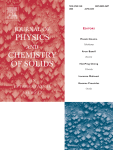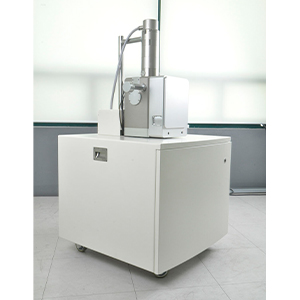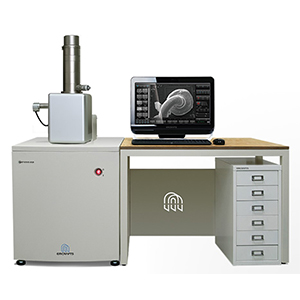Abstract
The current study focused on the improvement of thermoelectric properties of Cu2ZnSnS4 (CZTS) thin films grown by the chemical solution method by our engineering other secondary phases. The density of copper mono-sulfides (CuS) related secondary phases was controlled by our varying the molar concentration of sulfur during the growth process. Data from thermoelectric studies suggested that the Seebeck coefficient, electrical conductivity, and power factor were increased from 148 to 393 μV/°C, from 18.51 to 76 S/cm, and from 4.05 × 10−5 to 1.17 × 10−3 W/m K2, respectively, as the concentration of sulfur atoms increased from 2 to 8 mM. This huge improvement in thermoelectric properties was linked to the development of CuS-based secondary phases due to extra sulfur atoms in the CZTS crystal. For verification of secondary phases, we used a number of characterization techniques, such as X-ray diffraction (XRD), conductivity measurements, Raman spectroscopy, photoluminescence spectroscopy, UV/vis spectroscopy, and scanning electron microscopy measurements. The XRD data verified the tetragonal structure of the CZTS thin films, and the crystalline size was found to decrease as the sulfur content increased. It is also demonstrated by the XRD data that CuS-based secondary phases started to develop for the samples with higher molar concentration of sulfur along with intensity reduction of the CZTS peaks. The vibrational modes of CZTS thin films were also confirmed by Raman spectroscopy with 288 and 334 cm−1 A1g, 350 cm−1 B (TO), and 367 cm−1 B (LO) lattice vibrational modes. However, the Raman peak intensity of sulfur-based secondary phases such as CuS, Cu2S CuxS, and Cu2-xS was found to increase with increasing concentration of sulfur. Scanning electron microscopy images of CZTS thin films showed that the sample prepared with a sulfur concentration of 8 mM has a rough surface as compared with samples prepared with a lower concentration of sulfur The UV/vis spectroscopy data suggest that the band gap of CZTS thin films decreased from 2.19 to 1.91 eV as the concentration of sulfur atoms increased from 2 to 8 mM. Photoluminescence measurements also supported our argument.
Read More: https://www.sciencedirect.com/science/article/abs/pii/S002236972030353X






